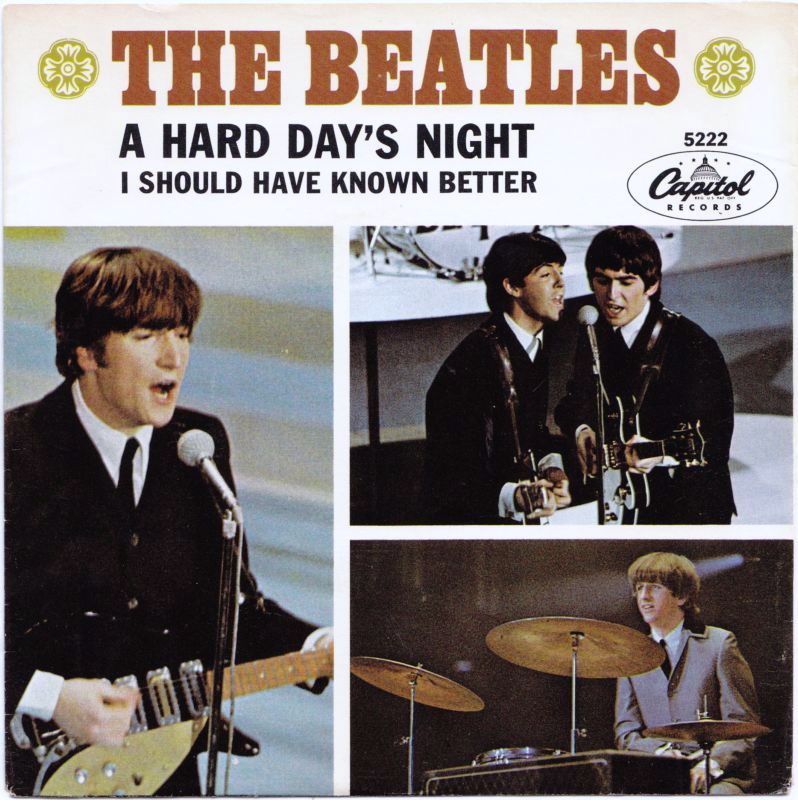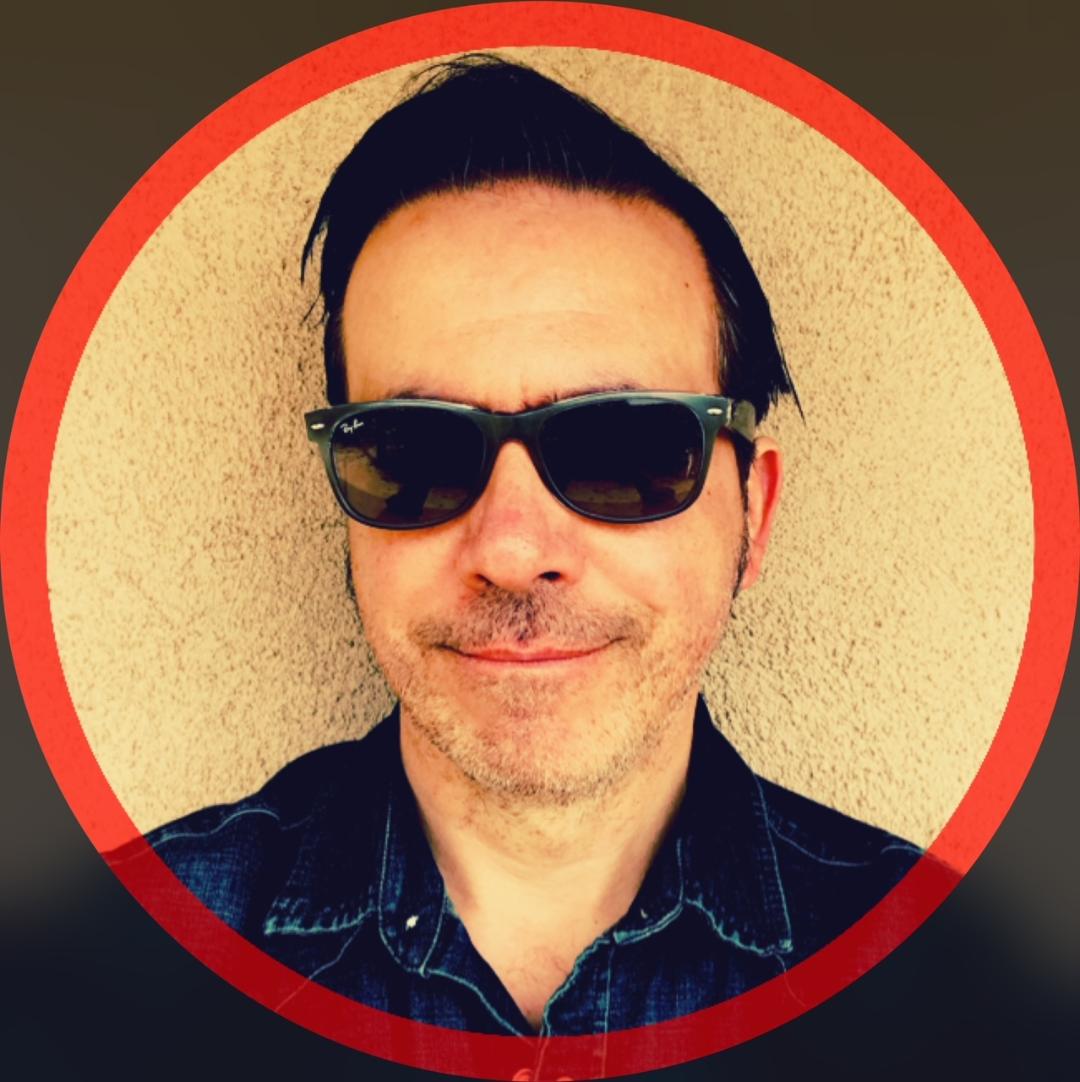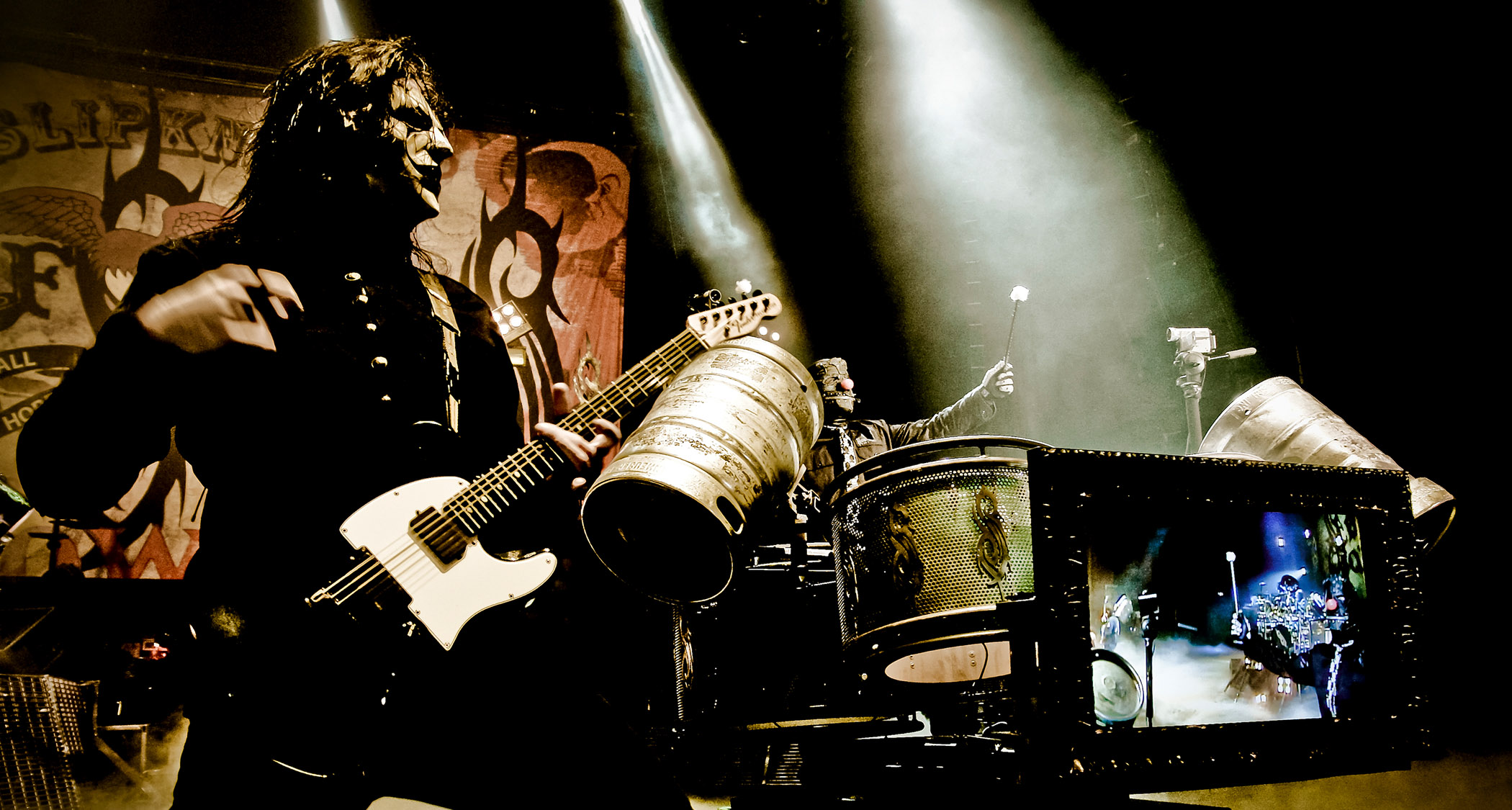Song Facts: The Beatles — "A Hard Day's Night"

Filming A Hard Day's Night was often a brutal, seven-days-a-week affair that took a lot out of the band and crew.
So one can imagine how Walter Shenson, the film's producer, felt when he pulled John Lennon aside during filming and said, "I'm afraid we're going to need a song called 'A Hard Day's Night,' something up-tempo that can be played over the main titles."
While Lennon wasn't too happy about the request, it turns out he had nothing to worry about; the next morning—10 hours after Shenson had requested the song—Lennon and Paul McCartney performed the finished work for Shenson in Lennon's dressing room.
"Now don't bother us about songs anymore," Lennon told him.
The song's ametrical opening chord is the most beguiling in the band's history. People have been trying to figure it out and/or reproduce it for 51 years.
"We knew it would open both the film and the soundtrack LP, so we wanted a particularly strong and effective beginning," George Martin said. "The strident guitar chord was the perfect launch." It is, in fact, something akin to a G seventh suspended fourth (That or a G7sus4/A are considered the best way to reproduce the chord on a single guitar).
The mystery is caused by the fact that Martin is playing a piano chord atop George Harrison's Fadd9 (or "F with a G on top," as he said in 2001) played on his 12-string Rickenbacker, Lennon's Fadd9 played on his Gibson J-160E and McCartney's bass single note (D) played on his Hofner 500/1.
All the latest guitar news, interviews, lessons, reviews, deals and more, direct to your inbox!
George Harrison's 12-string Rickenbacker guitar solo was doubled on piano by Martin but tracked at half speed and sped up during mixing. This is why the solo from the studio version of "A Hard Day's Night" was ever-so-unsubtly edited into the otherwise-live version of the song on the Live At The BBC album — and why it never sounds quite right on other live versions.
Damian Fanelli is the online managing editor at Guitar World.

Damian is Editor-in-Chief of Guitar World magazine. In past lives, he was GW’s managing editor and online managing editor. He's written liner notes for major-label releases, including Stevie Ray Vaughan's 'The Complete Epic Recordings Collection' (Sony Legacy) and has interviewed everyone from Yngwie Malmsteen to Kevin Bacon (with a few memorable Eric Clapton chats thrown into the mix). Damian, a former member of Brooklyn's The Gas House Gorillas, was the sole guitarist in Mister Neutron, a trio that toured the U.S. and released three albums. He now plays in two NYC-area bands.
